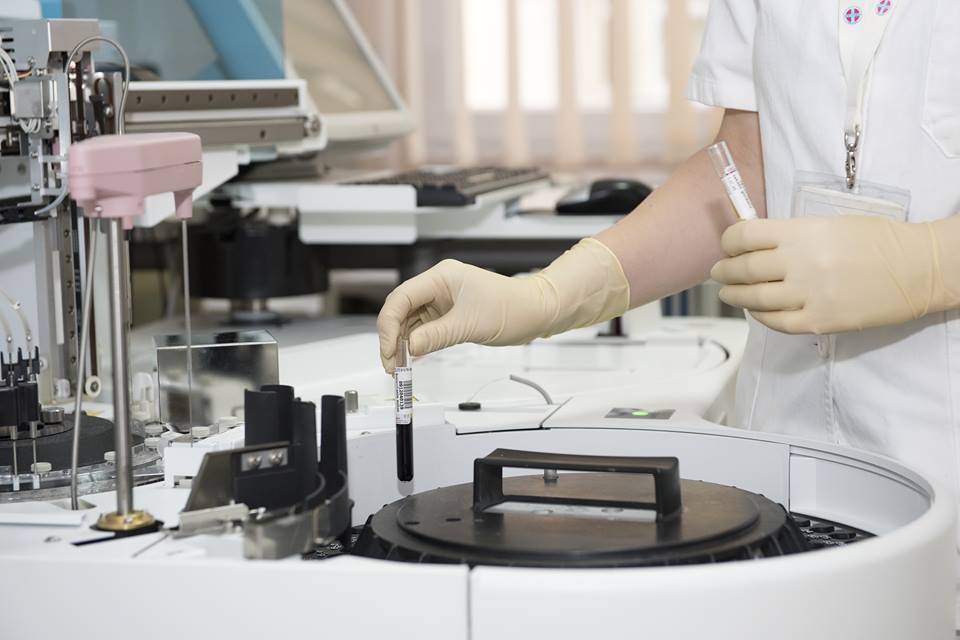[dropcap size=small]I[/dropcap]ceCube lab located at one of the most onerous parts on earth, deep into the icy locus of Antarctica has detected ghost like particle called neutrino. [highlight ]Despite being the most abundant particle in the universe, neutrino is very difficult to detect because they are mass-less and neutral and electromagnetic fields cannot perturb them[/highlight]; they move at a very high speed and can penetrate through the matter so easily that even a lead block million miles across wouldn’t stop them.
[highlight ]IceCube neutrino detector detects neutrinos from the most violent astrophysical sources like supernova explosions and gamma ray bursts which release ultra high energy equal to what our sun releases in billions of years.[/highlight] This neutrino observatory is build up of 86 optical sensors and 5,160 digital optical modules buried 8,000 feet deep into the polar ice. [highlight ]These sensors detect light from the high energy neutrinos which sporadically collide with atomic nucleus forming high energy cosmic neutrino called muon that gives off certain radiations called Cherenkov radiation.[/highlight] IceCube observatory takes the advantage of the fact that charged particles can travel through ice faster than the light. At a depth of nearly 8,000 feet, ice is crystal clear allowing the fusillade of Cherenkov radiation ingeniously.
[highlight ]Detectors at IceCube detect tiny flashes of blue light formed when neutrino collides with a water molecule.[/highlight] These flashes are very caliginous but at that far deep under the ice, there are no other light sources, so the photo-multiplier technology used in the digital optical modules can detect just smattering of photons. IceCube detects millions of neutrinos every year but only few of them represent cosmic neutrinos. [highlight ]Cosmic neutrinos have a very high energy content of a peta-electron volt (million billion electron volt) which is very high for a particle of zero mass.[/highlight]
[highlight ]Between May 2010 and May 2012, about 35,000 neutrinos were detected but only 20 of those were crossing the mark of energy level of astrophysical or cosmic sources.[/highlight]
IceCube observatory found neutrino’s from outside our galaxy in 2013 but they had to confirm that they might not be coming from local sources within our own galaxy, so they looked for neutrinos with similar energies and they were coming at the same rate from all directions. [highlight ]Thus, they are independent of earth’s rotation and revolution and the only way possible is if the source is from outside of the galaxy.[/highlight]
[button color=”grey” size=”big” alignment=”center” rel=”nofollow” openin=”samewindow” ]Why is this detection helpful?[/button]
Study of neutrinos provide best possibility of observing the most energetic astrophysical phenomenons; it opens pathway for the study of useful regions of super symmetric parameter space in the context of dark matter.
